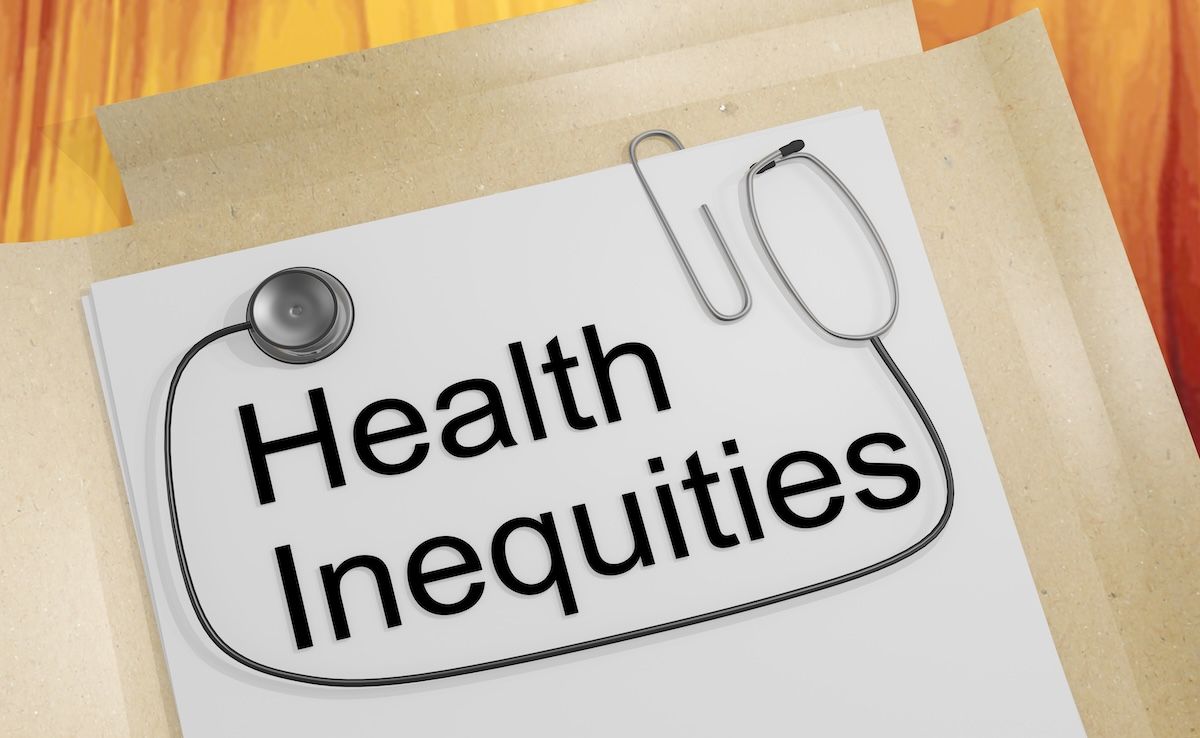Article
HIV Prevention Efforts Need to Include More Discussion on Behavioral Economic Biases
Author(s):
The behavioral economic biases of 43 African American young adults aged 18 to 24 were evaluated on 4 fronts: present bias, information salience, overoptimism, and loss aversion.
HIV prevention efforts may well benefit by considering the behavioral economic (BE) biases of high-risk individuals that may influence their prevention decisions and lead to optimal or suboptimal outcomes, according to recent study findings.
Investigators measured participants’ (N = 43; mean age, 21 years; 35% identifying as male) perceptions of present bias (yielding to current temptations and forsaking future benefits), information salience (making decisions without considering all available information), overoptimism (associated with suboptimal prevention behaviors), and loss aversion (threat of loss determines behavior) as they pertain to HIV prevention (condom use and testing) via interviews conducted using quantitative surveys.
All of the participants in the present analysis were of African American ethnicity recruited from 2 community-based organizations in Baltimore, Maryland. The study authors noted that there is an 8.1 greater rate of HIV infection among African American individuals vs individuals of a White ethnicity and that Baltimore is ranked 19th (of 104 metropolitan statistical areas) for HIV infections in the United States. To be included in this study, all participants had to be African American, aged 18 to 24 years, living in Baltimore, have experienced homeless within the past year, unemployed/underemployed (< 30 hours per week), not be in school, and reporting risky sexual behaviors in the past year (eg, condomless sex or sex with a partner of unknown HIV status).
“BE biases have been found to influence health behaviors for other chronic conditions and may also be correlated with HIV-related behaviors in racial and ethnic minorities,” the study investigators wrote in AIDS Research and Therapy. “The acute and chronic stress experienced by African Americans is well documented as a consequence of economic inequalities and discrimination. Research has shown that BE biases are more prominent when individuals experience stress.”
Overall, the unemployment rate was 81% and 84% were income insecure (ie, lack of sufficient funds to buy food, housing, and/or transportation in the last 30 days), but 70% had a high school diploma or equivalent. In addition, for the past month, 58% reported an HIV test and 47% reported one or more condomless sex acts without any HIV medications. Only 7% reported pre-exposure prophylaxis use.
For present bias, 56% would rather have $1000 immediately vs $3000 in 1 year and 51% said they would rather spend than save $500; 60% of men vs 54% of women and 53% and 50%, respectively, answered thusly. Common reasons for wanting the money immediately were addressing their current financial situation and earning a return on investment faster, while those who preferred to wait highlighted the potential to spend the money unwisely. Twenty-eight also reported not wanting to wait 1 day for a condom, instead preferring immediate condomless sex; again, more male than female participants answered this way (33% vs 25%).
When information salience was evaluated, 35% of participants knew someone living with HIV but 70% said they did not know anyone who have died as a results of AIDS or related medical complications. Further, 67% reported knowing someone who had taken an HIV test and 74%, often/always thinking about HIV prevention. More female than male participants reported information salience regarding people living with HIV and prevention (39% vs 27%), but more male participants reported knowing someone who tested for HIV (80% vs 61%).
For overoptimisim, less than half of all participants (47%) reported being optimistic in their intent to prevent HIV, with similar rates of male (47%) and female (46%) study participants noting this. Thirty-seven percent overall found it difficult to stick to their decision to use a condom; 19%, to talk to their partner about HIV; and 9%, to take an HIV test. Fear was the most common reason for not going through with an HIV testing decision. However, “for any one HIV preventive behavior, most participants affirmatively reported having little problem sticking to their intended preventive decision (53% to 93%),” the authors wrote.
Loss aversion was measured on a scale of 1 to 10, with higher scores indicating participants were more loss averse. A mean (SD) score of 9.4 (1.9) was seen when participants were gauged on their response to extent of loss felt with a positive test results. However, the median score for male and female participants overall was the maximum of 10, with loss related to HIV infection similar among female (9.2 [2.1]; range, 1-10) and male (9.7 [1.3]; range, 5-10) participants. The most common reasons for these high feelings of loss were inability to cope, regret, and broken trust.
The authors highlight the clinical importance of their findings by noting that their study is among the first to investigate BE biases toward condom use and HIV testing in young African American adults and that most did not want to lose their HIV-negative status.
Potential solutions to make gains in HIV risk reduction efforts including discussions that focus on several areas: financial support through assistance in estimating HIV prevention costs and a focus on saving, framing messages around loss of HIV-negative status instead of gains, the positive outcomes from maintaining trust, not dwelling on regrets, and destigmatizing HIV to “encourage all young adults, whether living with HIV or not, to more openly discuss their status as it relates to primary and secondary prevention intentions.”
Reference
Mayo-Wilson LJ, Lewis JC, MacCarthy S, Linnemayr S. Assessing behavioral economic biases among young adults who have increased likelihood of acquiring HIV: a mixed methods study in Baltimore, Maryland. AIDS Res Ther. Published online May 7, 2023. doi:10.1186/s12981-023-00521-3





